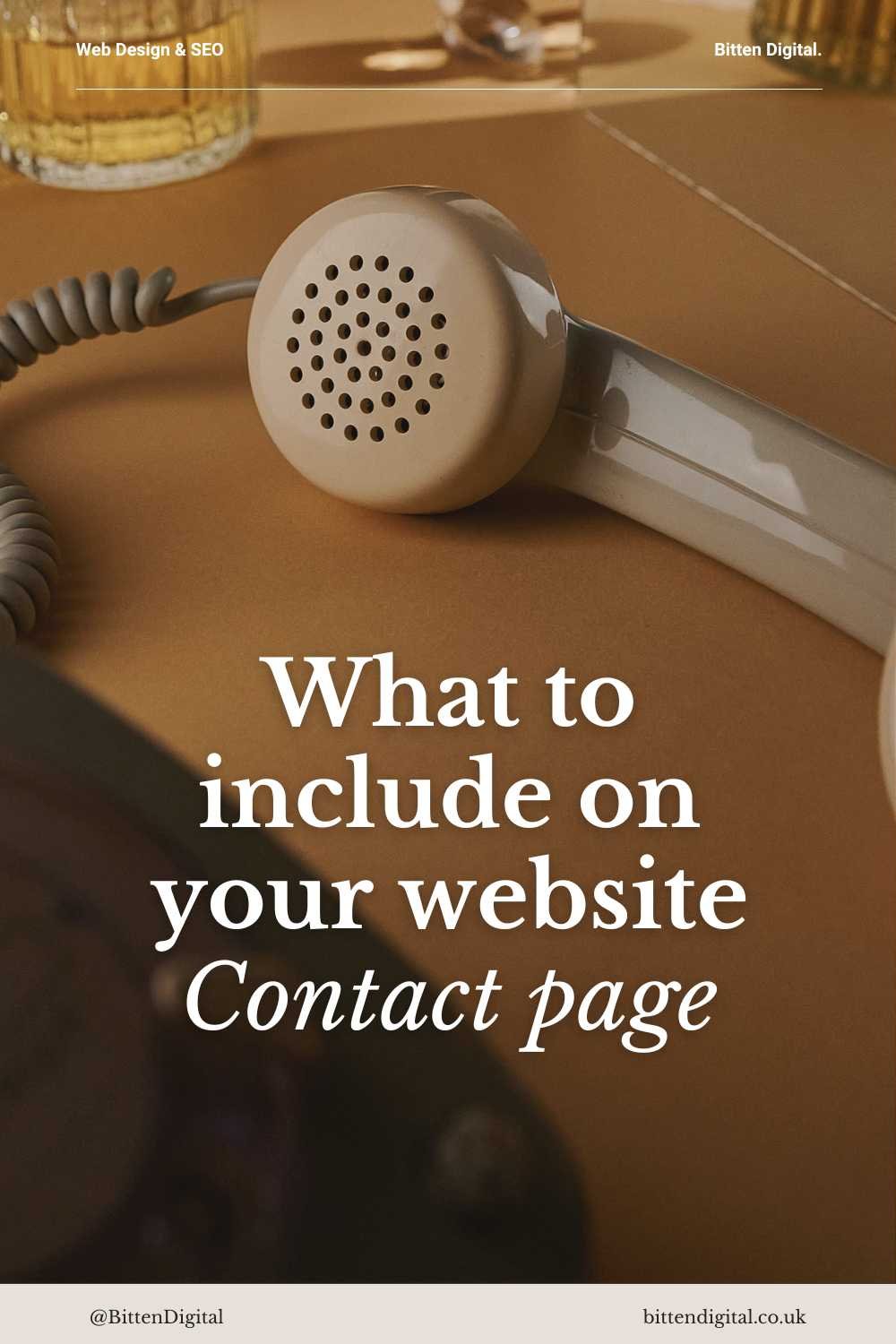Essential Features for Your Contact Page Design
In the digital age, your website is often the first point of contact for potential customers. It's your online storefront, your business card, and your brand ambassador all rolled into one. But there's one page that often gets overlooked in the design process. The contact page.
It's easy to dismiss the contact page as just a formality; after all, it's just a place for people to get in touch, right? Wrong. Your contact page is much more than that. It's a crucial part of your digital marketing strategy; a tool for gathering customer information, fielding inquiries, and building relationships. And, most importantly, it's a reflection of your brand.
A well-designed contact page can enhance user experience, build trust, and drive business growth. On the flip side, a poorly designed contact page can frustrate users, tarnish your brand image, and even cost you potential customers.
In this comprehensive guide, we'll delve into the essential features of contact page design. We'll explore how to create a visually appealing, user-friendly contact page that not only fits seamlessly into your overall website layout but also serves as a powerful tool for your business. Whether you're a small business owner juggling multiple roles or a retail store owner looking to improve your digital presence, this guide is for you.
The Importance of the Contact Page
In the realm of digital marketing, every element of your website matters, and the contact page is no exception. A well-designed contact page can significantly enhance your digital marketing efforts, serving as a direct line of communication between your business and your customers. It's where potential customers go when they have questions, need help, or want to learn more about your products or services.
But it's not just about providing a means of contact; a good contact page can also help build trust and credibility. It shows that you're a legitimate business that values customer communication and can provide valuable insights into your audience, helping you tailor your marketing efforts to better meet their needs.
In short, your contact page is a vital tool in your digital marketing arsenal - don't overlook its potential. Designing a contact page is more than just slapping on a form and calling it a day; it requires careful thought and planning. You need to consider the user experience, the visual appeal, and the overall layout of the page. Most importantly, it needs to align with your brand and your marketing goals.
Integrating Your Contact Page
Firstly, when it comes to web design, there are several factors to consider for your contact page. From the use of colour and typography to the layout and form design, every element matters. Your contact page should fit seamlessly into your overall website layout. It should be easy to find, with clear navigation from the homepage.
The easier it is for users to contact you, the more likely they are to do so. So make sure your contact page is easily accessible from any page on your website. The goal is not just to create a beautiful page. Your contact page design should also be functional, user-friendly, and aligned with your brand.
FAQs
Do you customers often message you with questions? Pop a link to your FAQs page, or include an accordion of common FAQs above your contact form to help them before they need to send a message.
User-Friendly Contact Form
A user-friendly contact form is a must for any contact page. It should be easy to fill out, with clear and concise fields.
Here are some tips for creating a user-friendly contact form:
Keep it short and simple.
Use clear and concise field labels.
Make sure it's mobile-responsive.
When users fill out your contact form, they trust you with their personal information. It's your responsibility to protect this data and respect their privacy. Make sure your contact form is secure, and your privacy policy is clear and transparent. This not only protects your users but also builds trust and credibility for your business.
Contact Details for Your Business
Your contact page should provide comprehensive contact details for your business. This includes your phone number, email address, and physical location (if applicable). I recommend prioritising the method you prefer your customers to contact you - for example, if you would rather they didn’t email, put that lower down in the order.
I often like to include a map here for venue-based businesses to make it easier for customers to find you.
CTAs and Social Media Links
Your contact page is a great place to encourage user engagement. One way to do this is through compelling call-to-action (CTA) buttons. Another way is by including social media links. This allows users to connect with you on different platforms, broadening your reach and engagement.
Social Proof
Your contact page is another opportunity to share a testimonial or review, just as the user is on the verge of engaging with you.
Measuring the Effectiveness of Your Contact Page
Once your contact page is live, it's important to measure its effectiveness. This will help you understand how well it's performing and where improvements can be made. There are several metrics you can track, such as form submission rates, bounce rates, and time spent on the page. By analysing these metrics, you can gain valuable insights into user behaviour and preferences.
Conclusion
In conclusion, your contact page is more than just a functional element of your website. It's a reflection of your brand and a key touchpoint in your customer's journey. A well-designed contact page can enhance user experience, build trust, and drive engagement.
By following the principles and best practices outlined in this guide, you can create a contact page that not only looks great but also performs well. So, don't be afraid to experiment with different designs, layouts, and features. Your contact page is a powerful tool in your digital marketing arsenal.
For more tips on creating effective website pages and growing your small business through digital, follow along for more.

